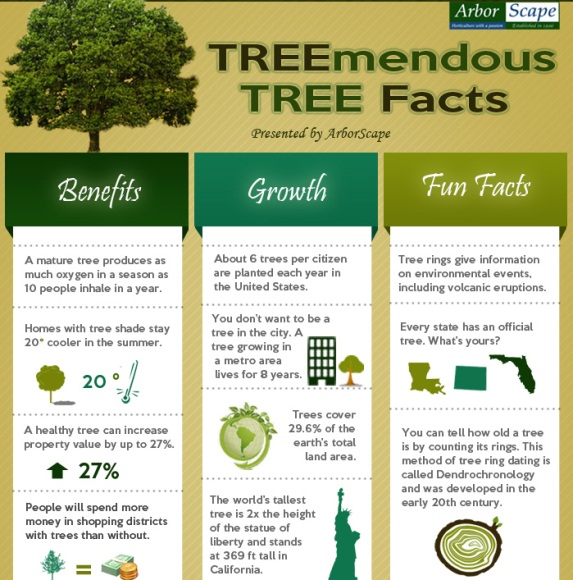Tree Removal Aftercare: Best Practices For Landscape Recovery
Tree Removal Aftercare: Best Practices For Landscape Recovery
Blog Article
Personnel Writer-Wilcox Cho
After a tree's elimination, your landscape might look quite different, and it's necessary to assess the results very carefully. You'll intend to assess the dirt disturbance and examine bordering plants for any signs of tension. Ignoring these elements can bring about bigger troubles down the line. So, what should you do with those stumps and origins? And how do https://shanemhbvp.topbloghub.com/41615442/the-advantages-of-pruning-trees-improving-look-and-tree-well-being select the best plants for your revitalized room? Let's explore these essential steps.
Assessing the Consequences: Assessing Your Landscape
After a tree elimination, it's critical to assess your landscape to comprehend the influence it has on your lawn.
Start by examining the location where the tree stood. Look for indications of dirt disturbance, and examine the bordering plants for any kind of tension or damage.
You ought to likewise keep in mind of how the removal has altered sunlight exposure and air flow in your garden. This shift can influence the development of close-by plants, so it's necessary to review their health.
Think about the visual facets as well; the elimination might produce an open space that you can upgrade.
Ultimately, consider any kind of prospective erosion concerns that may emerge from the tree's lack. Attending to these elements early will help bring back balance to your landscape.
Taking care of Stumps and Origins: Options for Removal
When you've analyzed the aftermath of the tree elimination, you'll likely need to tackle the stump and origins left behind.
You have a couple of options for elimination. One efficient method is stump grinding, where a specialist utilizes an equipment to grind the stump down to underground level. https://kwwl.com/2020/08/30/cedar-rapids-man-electrocuted-trimming-tree-on-electric-lift/ leaves marginal interruption to your landscape.
If you prefer a do it yourself approach, you can use a mix of excavating and chemical stump cleaners. Simply bear in mind, this procedure can require time and initiative.
Additionally, take into consideration leaving the stump as a natural attribute, which can serve as a distinct yard aspect or environment for wild animals.
Whatever you select, attending to the stump and roots is crucial for restoring your landscape.
Selecting the Right Plants for Your New Room
As you assess your recently gotten rid of space, choosing the right plants can considerably boost your landscape's beauty and capability.
Beginning by thinking about the sunlight and dirt problems. For bright areas, go with drought-resistant plants like lavender or succulents. In shaded areas, ferns and hostas prosper well.
Think of the dimension and development behaviors of your plants; mix perennials and annuals for seasonal variety. Do not fail to remember to incorporate indigenous types; they call for less upkeep and assistance regional wild animals.
Team plants in strange numbers for a much more natural appearance and create layers for visual depth.
Lastly, ensure you have a mix of colors and structures to maintain your landscape dynamic throughout the seasons.
Satisfied growing!
Conclusion
In conclusion, recovering your landscape after tree removal is a fulfilling process. By analyzing the aftermath, resolving stumps and origins, and choosing the right plants, you'll create a flourishing atmosphere. Do not fail to remember to integrate erosion control measures to shield your soil. With a little effort and treatment, you can transform your space right into a vivid garden that improves your property. Embrace the possibility to revitalize your landscape and appreciate the elegance of nature right in your backyard!
